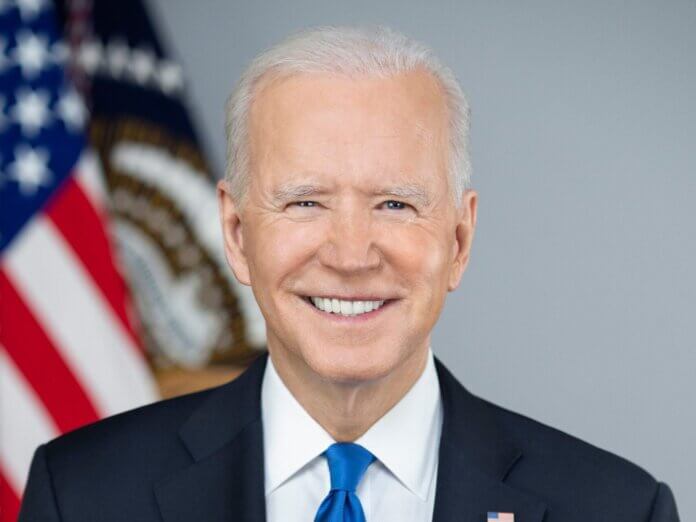Telstra Energy’s Murra Wurra Wind 1 project in Victoria, Australia. Image: Fluence-Telstra.
Fluence’s artificial intelligence-driven bidding platform will optimise large-scale wind and solar assets in Australia for Telstra Energy, the energy subsidiary of telecoms company Telstra.
The deal will see the energy storage technology and services company’s Fluence IQ Bidding Application used for Telstra’s 232MW Murra Warra 1 wind farm in the state of Victoria and the Emerald Solar Park 88MW solar PV plant in Queensland, Fluence said on 23 February.
Also this week, Fluence announced that it has supplied a 10.8MW battery energy storage system (BESS) solution for renewable energy infrastructure investor Greencoat Renewables at the latter’s 20MW Killala Community Wind Farm in Ireland.
The Telstra contracts join a growing portfolio of asset optimisation deals Fluence has in place, after it signed 2,744MW of Fluence IQ digital contracts in 2021 and another 250MW booked in the first quarter of its 2021 financial year. Earlier this month a 1.1GW deal to optimise solar PV assets in the US for AES Corporation, one of its parent companies, was also announced.
The rapid expansion of the company’s digital division has come since it acquired energy storage artificial intelligence and software provider Advanced Microgrid Solutions (AMS) in 2020 and netted a major contract to bid a 182.5MW battery system into California’s CAISO wholesale markets in February 2021.
Its diversification into optimising the operation and market-facing activities of renewable energy assets has been a big part of that strategy, with over 4.7GW optimised and contracted in the two markets the offering is currently available in, CAISO and Australia’s National Electricity Market (NEM).
In an interview published this week on Energy-Storage.news, Fluence EMEA growth and market development director Julian Jansen said that there are plans to roll the Fluence IQ platform out for global availability during 2022.
“The bidding software is a critical part of the ecosystem that we are building that is helping customers change the way they power their world,” Jansen said.
“It really helps renewable asset owners and operators to optimise the bidding and dispatch and make better, data-driven decisions in an increasingly complex and volatile market.”
Fluence has claimed its bidding platform can enable a revenue uplift of 10% for renewable energy facilities over a 12 month period and several times as much for battery storage assets.
It uses available data to make price forecasting and optimisation decisions to control asset participation in wholesale market opportunities.
“We are very pleased to be working with Telstra Energy to maximise the performance of two of its key sources of clean energy and providing them a solution to navigate the volatility and complexities of Australia’s energy market,” Fluence chief digital officer Seyed Madaeni said.
“The NEM’s shift to ‘five-minute settlement’ (5MS) last year, where the market is both dispatched and settled at five-minute intervals, requires renewable energy assets to have extremely accurate price forecasting abilities to ensure they avoid any adverse pricing events.”
Company’s third Irish wind farm colocated BESS project underway
Meanwhile at Greencoat Renewables’ wind farm, in County Mayo, Ireland, the Fluence BESS has entered the commissioning phase.
It marks the first investment in energy storage technologies by Greencoat Renewables, and the first of any company managed by Greencoat Capital, a specialist renewable energy infrastructure fund manager.
Once operational, it will help to increase system stability in the Irish electricity grid through participation in energy flexibility markets. The BESS is to make use of Fluence’s Gridstack product, which is designed for grid applications including frequency regulation, flexible peaking capacity and enhanced transmission and distribution services.
The company said it was chosen by Greencoat Renewables based on its “successful track record in deploying complex battery-based energy storage systems with high configurability, and industry-leading reliability and safety standards”.
The BESS is Fluence’s third project involving battery-based energy storage co-located with wind farms in Ireland, and its 10th publicly announced venture in the Irish Single Electricity Market.
Fluence managing director of UK, Ireland & Israel, Dr. Marek Kubik, pointed to how the Irish government has increased the target percentage of renewables in the generation mix in 2030 from 70% to 80%.
“Targeting levels of 5GW offshore wind, 8GW onshore wind and 1.5-2.5GW solar PV, makes it more important than ever for investors and developers of green generation to look at battery-based energy storage technologies as a way of maximising operational, financial and environmental benefits of their assets,” he said.
Another Fluence battery project discussed this week on Energy-Storage.news is the 10MW/20MWh EStor-Lux project in southern Belgium. Partners in the project consortium said that the BESS has been successfully participating in grid services markets for two months after coming online at the end of last year.
Greencoat wind farm project story by Alice Grundy. It first appeared on Solar Power Portal.
Continue reading










